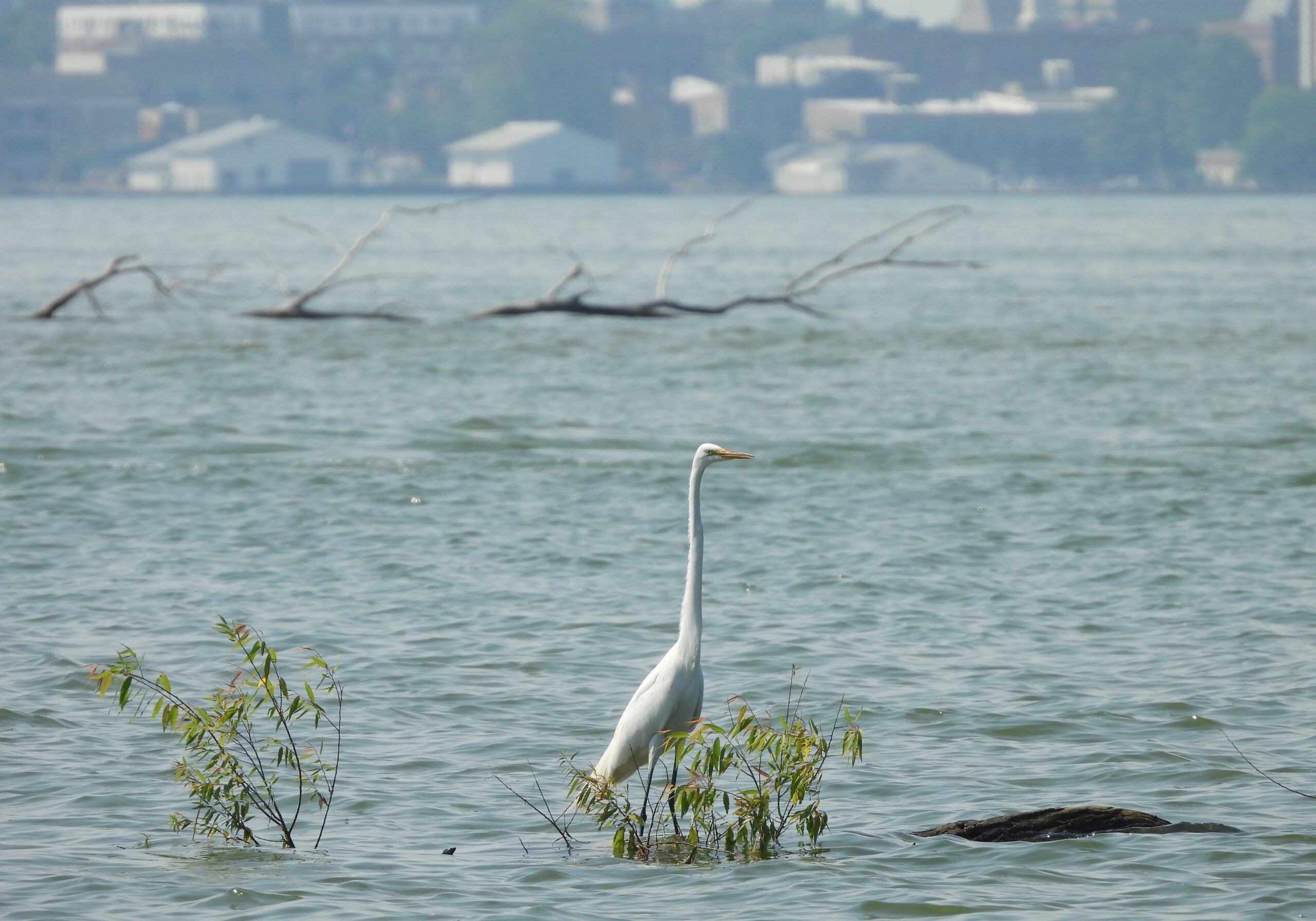
The Bay Point Sandbar: Pristine Habitat Leads to Rare Species
In 2019, Western Reserve Land Conservancy permanently protected the Bay Point Sandbar, a 65-acre property located in Marblehead extending into Sandusky Bay. Known locally as the Sandbar, the peninsula protects rare habitat that we continue to monitor to ensure it remains untouched, preserving its extensive array of species. Coastal development pressure has led to 78% of Ohio’s coastline being converted from its initial natural state. Nearly all remaining wetlands along Lake Erie’s shoreline have been extensively modified through the addition of dikes and other erosion control measures; however, this property is unique in that it remains unaltered.
The Sandbar’s impressive number of rare plants and animals can be directly attributed to its pristine habitat. Field Biologist Judy Semroc has conducted biological inventories of the site since 2010. During these surveys, she has observed many species of plants, insects, reptiles, amphibians, and birds. Judy’s field work has documented three listed plants, several county record moths, a threatened beetle, and 113 different species of birds — 16 of which are classified by the State of Ohio as Endangered, Threatened, or Species of Concern. Noteworthy birds observed include Prothonotary Warbler, Common Tern, Rusty Blackbird, and Great Egret.
Judy first discovered the State Threatened Hairy-necked Tiger Beetle (Cicindela hirticollis) in 2010 and has seen it on subsequent visits. She noted finding 15 individuals using the sandy beach area on the south side of the Sandbar. Over the years, she’s watched the open water in this area widen due to a lake water breach during the high-water levels in 2021, thus shrinking the available habitat for this state-listed tiger beetle. Long term protection of the Bay Point Sandbar not only provides habitat for rare species, but it benefits the water quality of Sandusky Bay. Development of our coastline causes sediments and nutrients to runoff into the water. With long-term conservation, the wetlands and forests on the Sandbar will continue to absorb and slow the movement of this pollution into Sandusky Bay and provide outstanding habitat for Ohio’s plants and animals.
Acquisition and restoration of the property was made possible through grants received from Ohio EPA’s Water Resource Restoration Sponsorship Program (WRRSP); Clean Ohio Greenspace Conservation Greenspace Program; U.S. Fish and Wildlife Service’s National Coastal Wetlands Conservation Grant; and US Fish and Wildlife Service’s Sustain Our Great Lakes Program; as well as some private donations.
